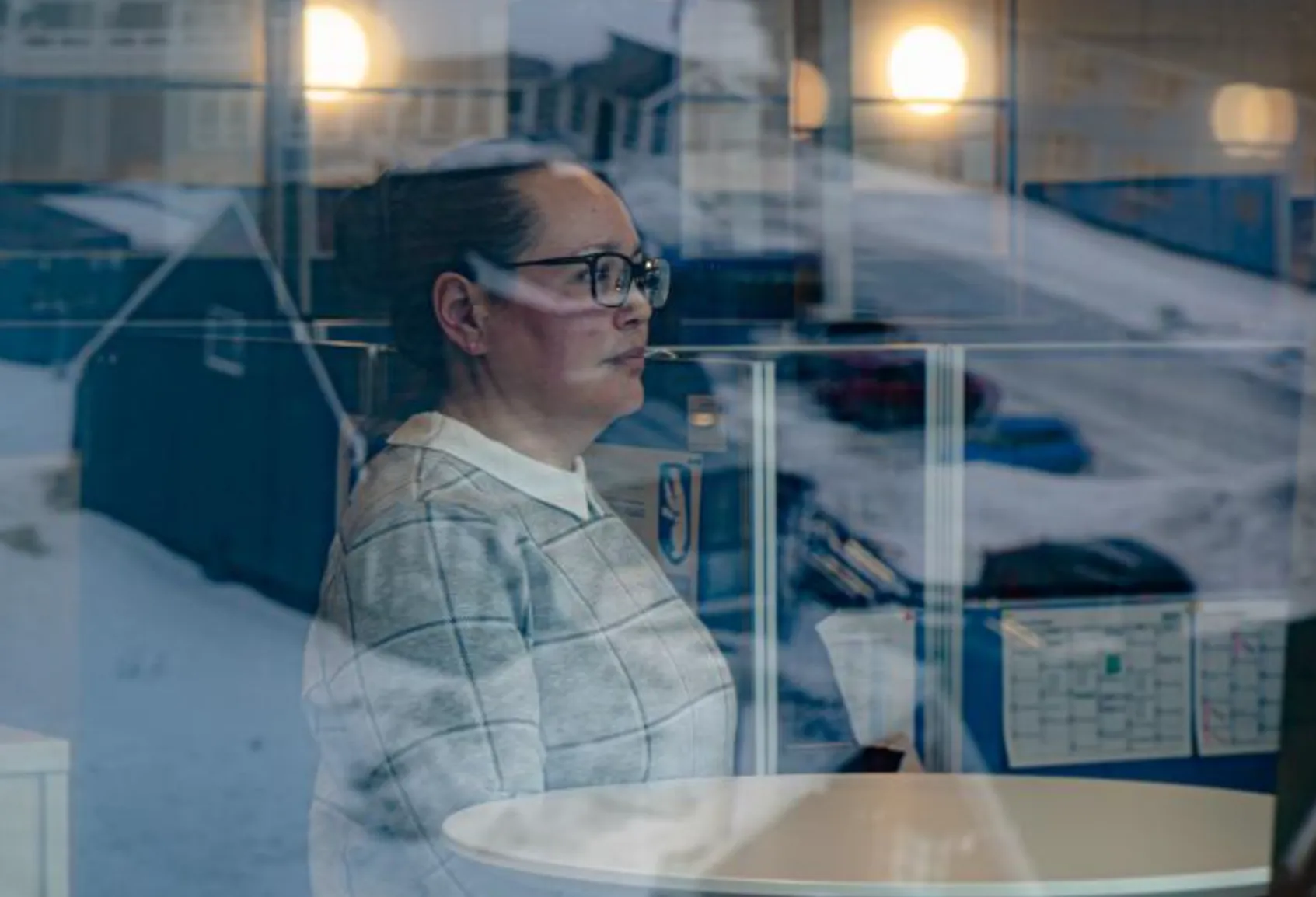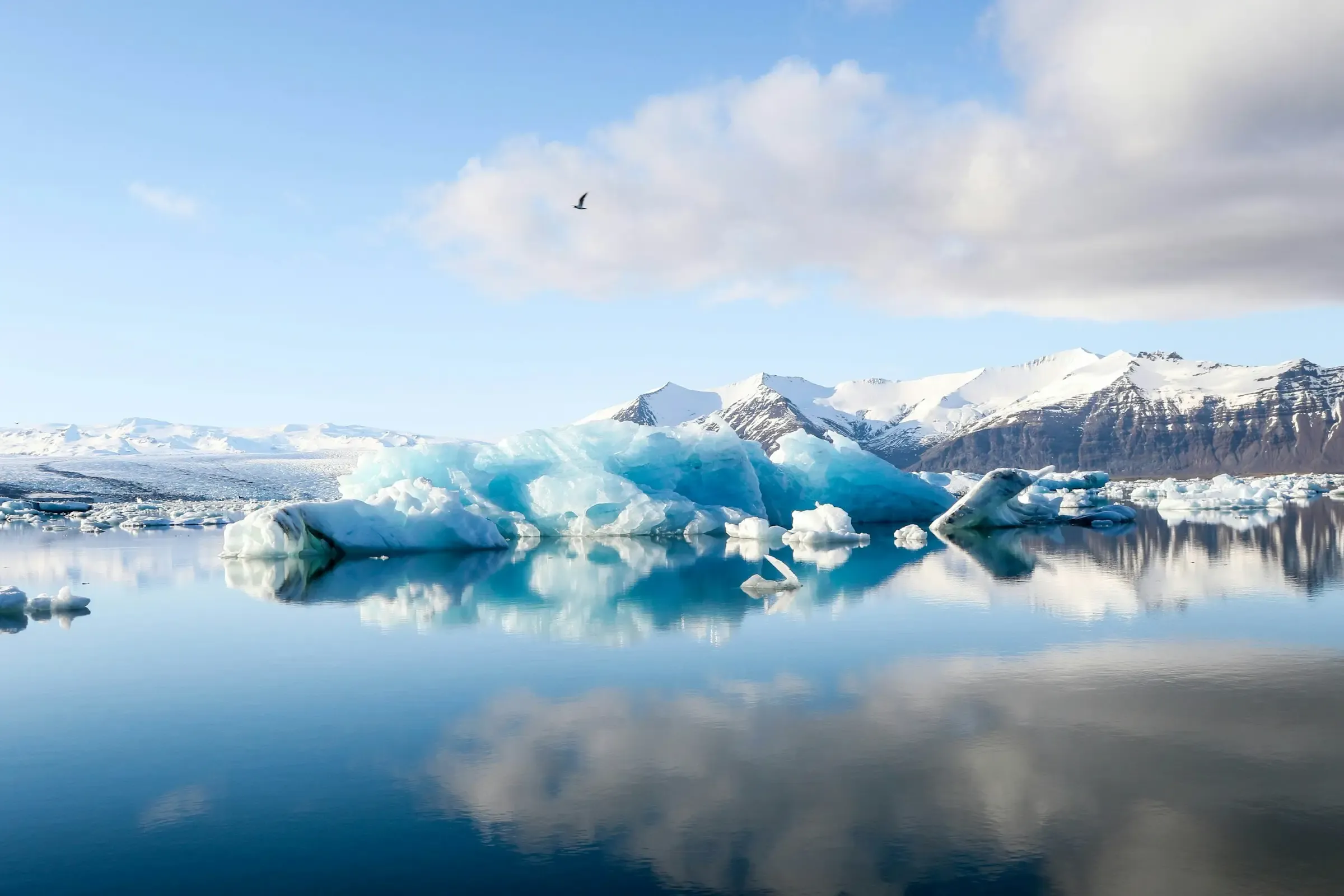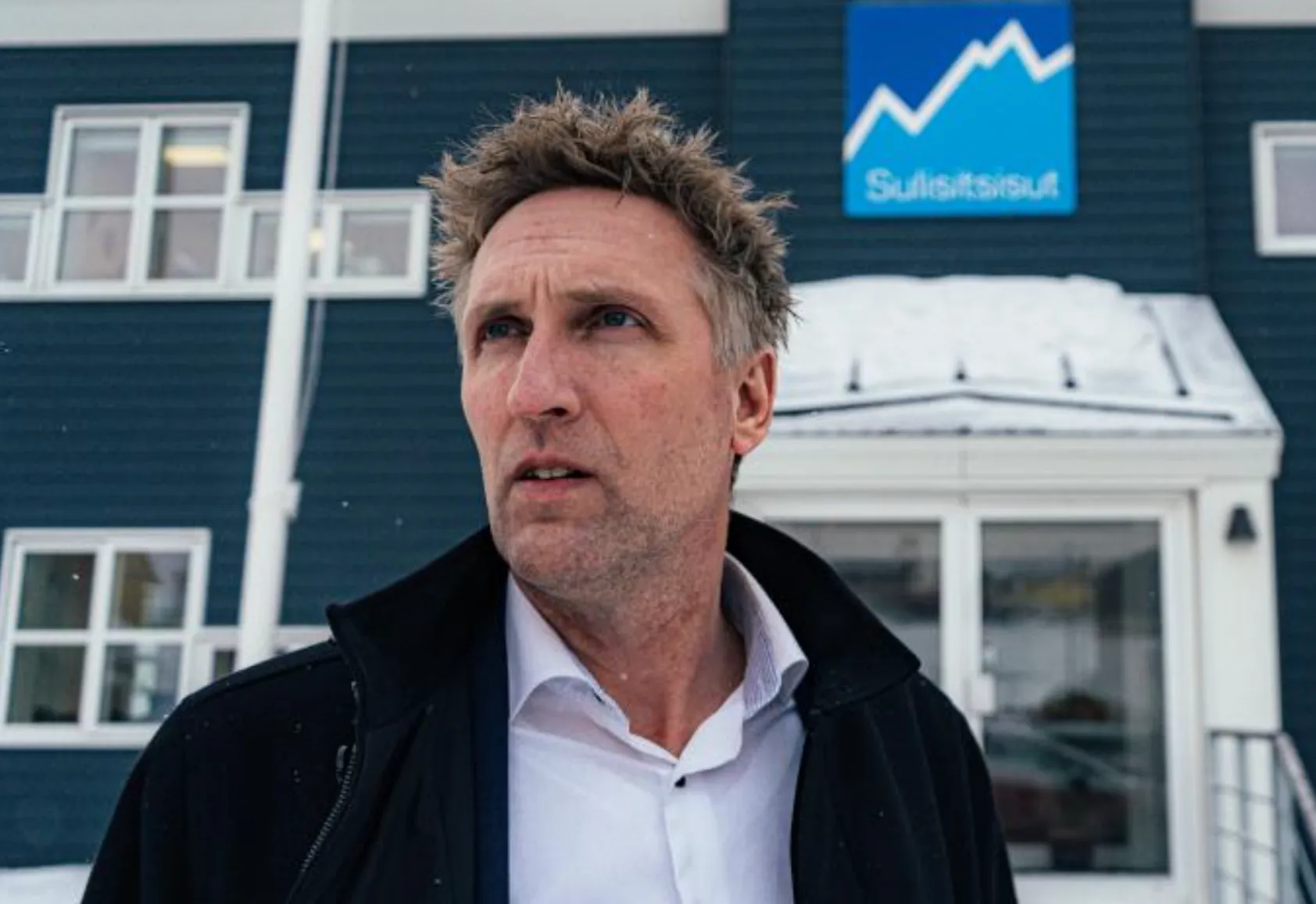Greenland has a problem: There are not enough people with the right skills to lead the country forward, especially when it comes to tourism and the care professions. Christian Keldsen from Greenland’s Chamber of Commerce believes that society must have that conversation. Source: KNR, Markus Valentin
Low unemployment and large cohorts approaching retirement are creating pressure on the labor market. Director Christian Keldsen sees only one way forward: “A national conversation about which jobs we want to take ourselves – and which we need to import labor for.”
The labor market has changed in recent years and is still changing.
A large generation of older people will soon retire. At the same time, the population is set to fall to 39,000 in 2050, according to Statistics Greenland.
This creates new challenges for society, says Christian Keldsen, director of Greenland’s Business Association.
We are under pressure on the labor market. We have very little unemployment. At the same time, we are short of people. We estimate that historically we have lacked approximately 1,000 people to be able to keep up with the activity level in society.
Therefore, the director believes that we as a society must have a conversation about what we should train ourselves for, what jobs we ourselves want, and what jobs foreigners can come to Greenland and take on.
We are missing that conversation to a great extent in Greenland. It would make a lot of sense to find out what we should be good at ourselves – and that will require investments.
Labor Shortage

Lona Lynge has followed the development of the labor shortage over the past few years. She predicts that the problem will not disappear but only get worse. Source: KNR, Markus Valentin
Lona Lynge is head of department at the Department of Social Affairs and Labor Market. She says that the labor shortage will continue for many years to come.
It is an ongoing issue for the next 10 to 15 years, when the demographics are changing. In the next five years, more people will reach retirement age. These are some large cohorts that are soon on their way there.
Labor shortages occur when companies need to hire more people, but there is no one to hire. This can happen when unemployment is low, or there is a lack of people with the necessary education or experience.
And that scenario is playing out in Greenland right now, says Lona Lynge.
“The figures show that unemployment is falling. This means that a lot is happening in the labor market, where there are a number of major projects underway. And it may also look as if the tourism sector has flared up again.”
At the same time, she emphasizes that there will be a particular shortage of labor in the care professions when the population decreases and the elderly retire.
“There is currently a shortage of labor in these care professions, and this will continue in the future – especially in elderly care.”
But Greenland is not unique when it comes to the problem of a shortage of labor. Iceland has undergone a similar change.
A Spectacle for Iceland
It is Christian Keldsen who compares the situation with the one Iceland found itself in years ago.
When their tourism industry was to be established, they had to find out how much help they needed to bring into the country from outside.
“Iceland has built a fantastic tourism industry. They knew that it could not be done solely with their own citizens. That is why they made very clear plans about what knowledge they wanted Icelanders to have, and what knowledge they had to acquire from outside.”
Today, society lacks hands in both skilled and especially unskilled trades, says the director. And in the future, the shortage will only increase.
All industries will lack labor. But we have seen the shortage most clearly in construction and in the crafts trades. It is a structural challenge that we do not have access to skilled labor, and it puts pressure on our country and its economy.
For the same reason, the director says that Greenland is wise to talk about what jobs locals want to take in the future – but also what educations we ourselves should have.
The remaining jobs that locals either do not want to take or do not have the skills for must be filled by bringing in labor from other countries.
Source: Kalaallit Nunaata Radioa (in Greenlandic)


